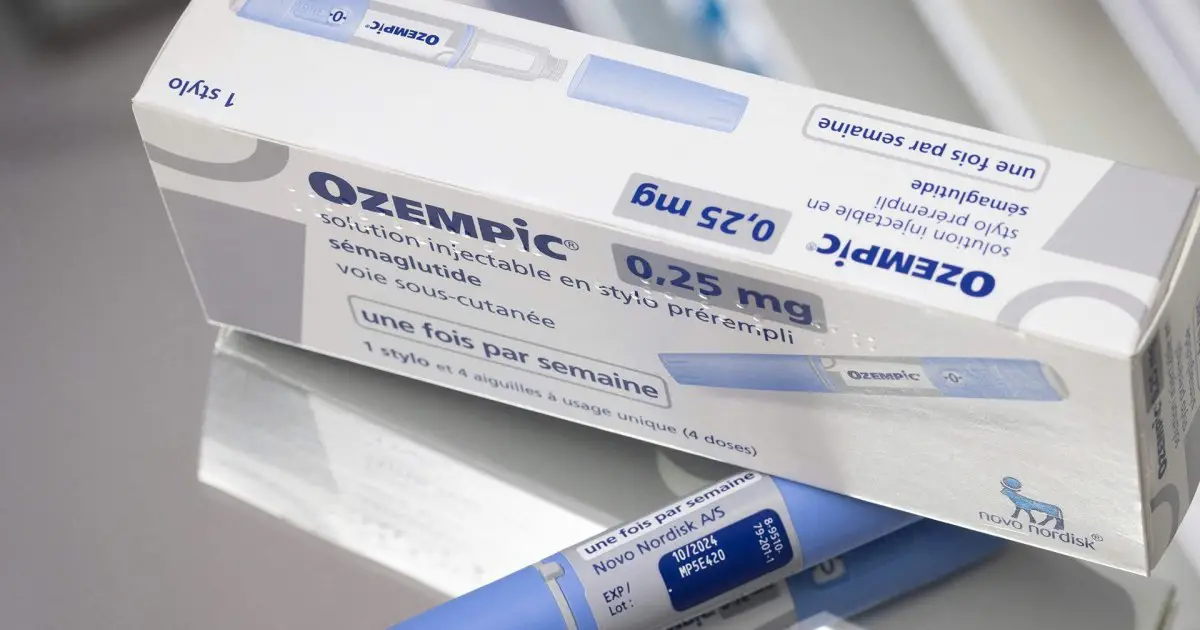
[ad_1]

Air pollution is hard to avoid, particularly for city dwellers
Ron Adar/Alamy
Air pollution is increasingly being linked to a raised risk of eczema, with the latest study showing a clear relationship between exposure and the skin condition.
Vehicles and power plants release pollutant particles with a diameter of 2.5 micrometres or less, called PM2.5. These have previously been linked to a higher risk of eczema, which is thought to be the result of an over-active immune system causing inflammation that makes skin dry and itchy.
To gather more evidence, Jeffrey Cohen at the Yale School of Medicine and his colleagues analysed the medical records of more than 280,000 people who took part in the All of Us Research Program and were mostly in their 50s. This project collects health data from a diverse group of people in the US, with an emphasis on those who are usually underrepresented in research, such as ethnic minorities.
The researchers also looked at average PM2.5 levels where these people lived, using data collected in 2015 by the Centre for Air, Climate, and Energy Solutions in Virginia.
Then, they compared PM2.5 levels in 788 locations across the US against eczema cases, which were diagnosed up until mid-2022. They found that for every 10 microgram per cubic metre increase in PM2.5, eczema rates more than doubled. “In more polluted areas of the country, there was more eczema,” says Cohen.
The team accounted for factors that could affect the results, such as ethnicity and whether people smoked or had food allergies.
“The study brings forward the science by nicely showing a clear correlation in a large population,” says Giuseppe Valacchi at North Carolina State University. PM2.5 may trigger the immune system to cause inflammation when it comes into contact with skin, like pollen or dust mites can, says Valacchi. Inhaling it may also play a role, as this can ramp up inflammation around the body, he says.
This research should give governments another reason to enforce policies that reduce air pollution, says Cohen. Meanwhile, people living in polluted areas can reduce their risk by wearing long sleeves or staying indoors when pollution levels are particularly high, says Valacchi.
Topics:
[ad_2]
Source link





